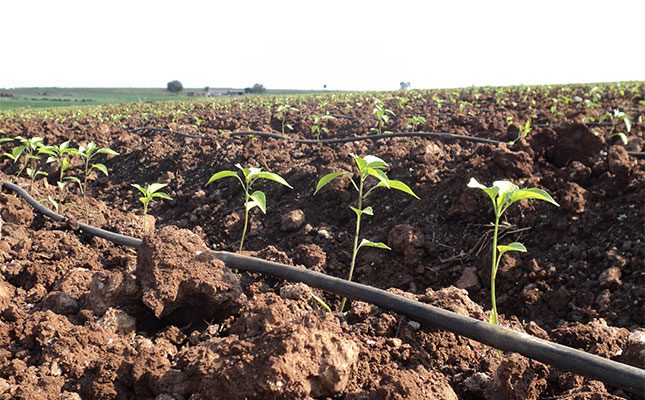As the summer planting season approaches, farmers across the globe — including in South Africa — are being cautioned to prepare for a rise in fertiliser prices. A combination of trade restrictions, geopolitical tensions, and ongoing supply chain constraints is driving up the cost of key inputs, particularly nitrogen-based fertilisers.
One of the main contributing factors has been China’s stringent policy on fertiliser exports. In 2024, China drastically reduced its nitrogen fertiliser exports by over 90% compared to the previous year. This move, intended to stabilise domestic supply and pricing, has continued into 2025, significantly limiting global availability. Phosphate exports from China have also been restricted, further tightening the market.
Read Latest Edition: Sustainable Agriculture of the 21st Century – Africa Contemporary Farmers Magazine 10 July 2025
Sanctions on major global producers Russia and Belarus have added to the strain, particularly impacting the global urea market. As supply lags behind demand, prices have climbed sharply. According to market expert John Baffes, urea prices are forecast to rise by 15% in 2025, with some relief expected in 2026 as new production capacity comes online in East Asia and the Middle East. However, potential disruptions such as additional trade restrictions, supply shocks, or energy price surges could lead to further volatility — particularly for diammonium phosphate (DAP), which has already seen a 23% rise in the second quarter of 2025. Muriate of potash (MOP) prices are expected to increase by about 5% this year before stabilising next year.
In South Africa, where approximately 80% of fertiliser is imported, global market dynamics are closely felt. Speaking, Wandile Sihlobo, Chief Economist at Agbiz, warned that local farmers should brace for a more challenging cost environment in the months ahead.

“While prices are not as high as the peaks seen during the 2022/23 season, when COVID-19 disruptions and the Russia-Ukraine conflict heavily impacted supply chains, they are still well above pre-pandemic levels,” Sihlobo noted. “Farmers continue to face significantly elevated input costs.”
Nonetheless, there may be a silver lining. A relatively stable or strong South African rand could help soften the blow of rising global prices, providing some relief to local producers. But overall, the message is clear: with fertiliser markets remaining tight and uncertain, farmers must factor higher input costs into their planning and budgeting for the 2025 summer season.